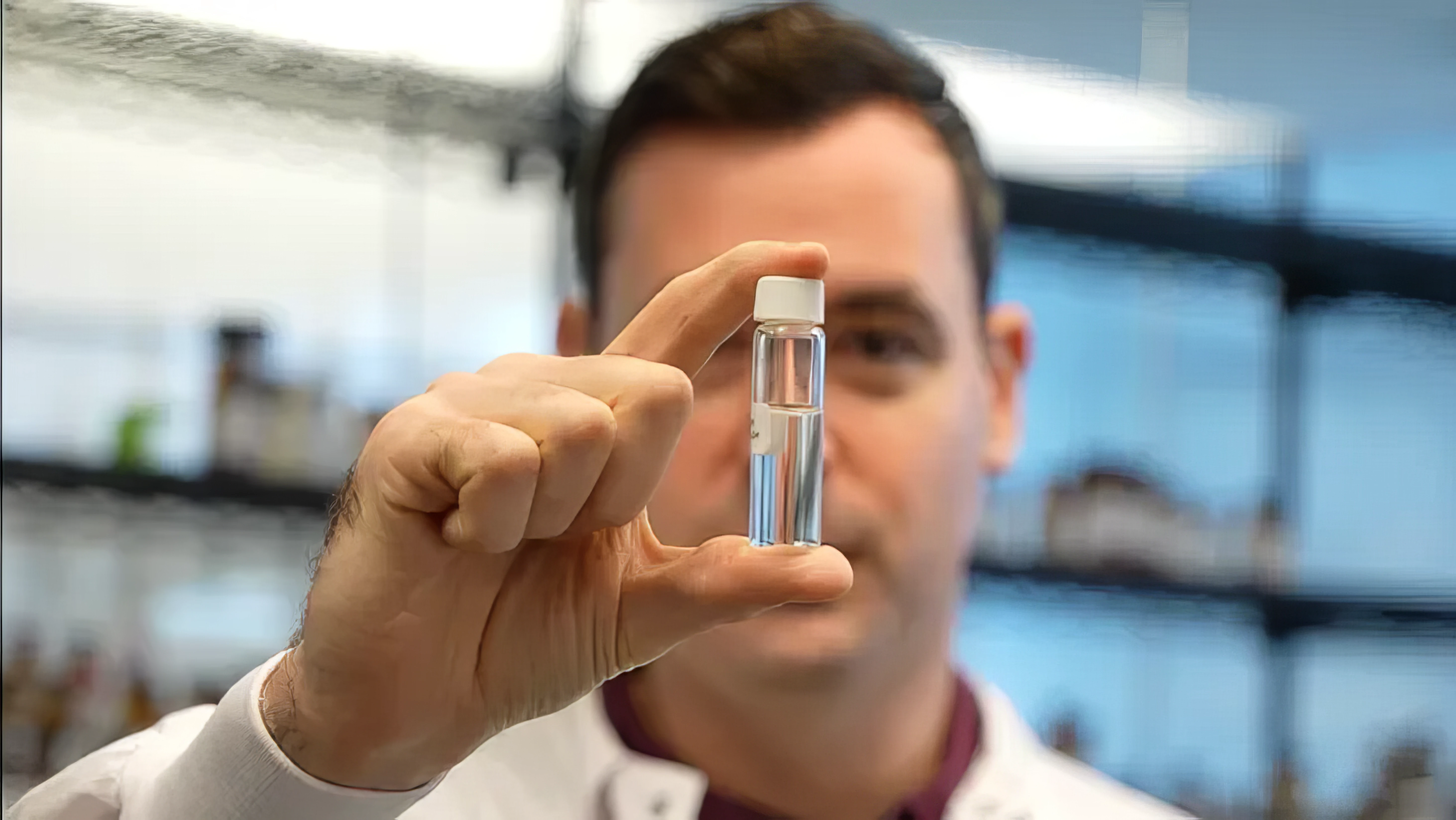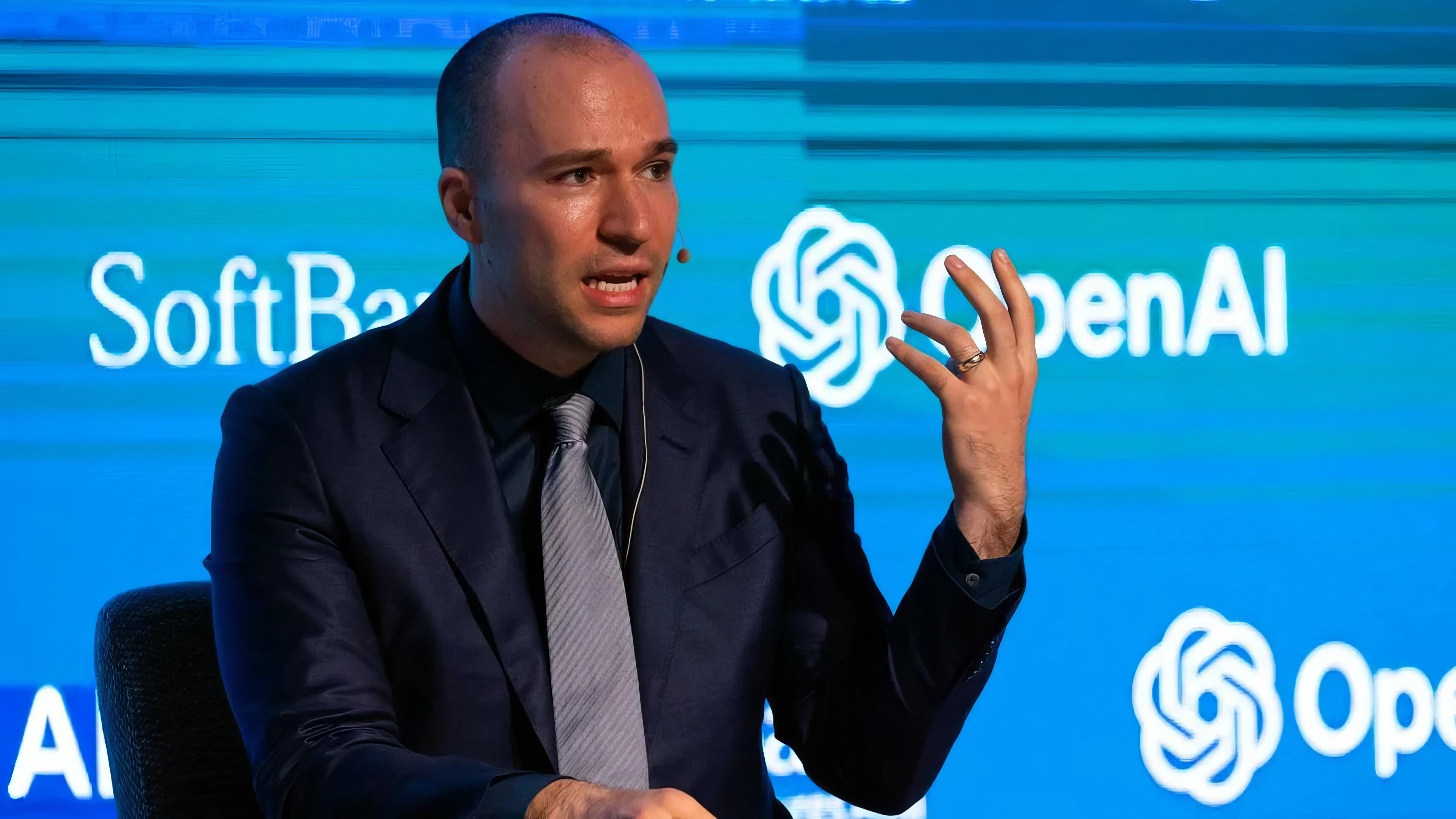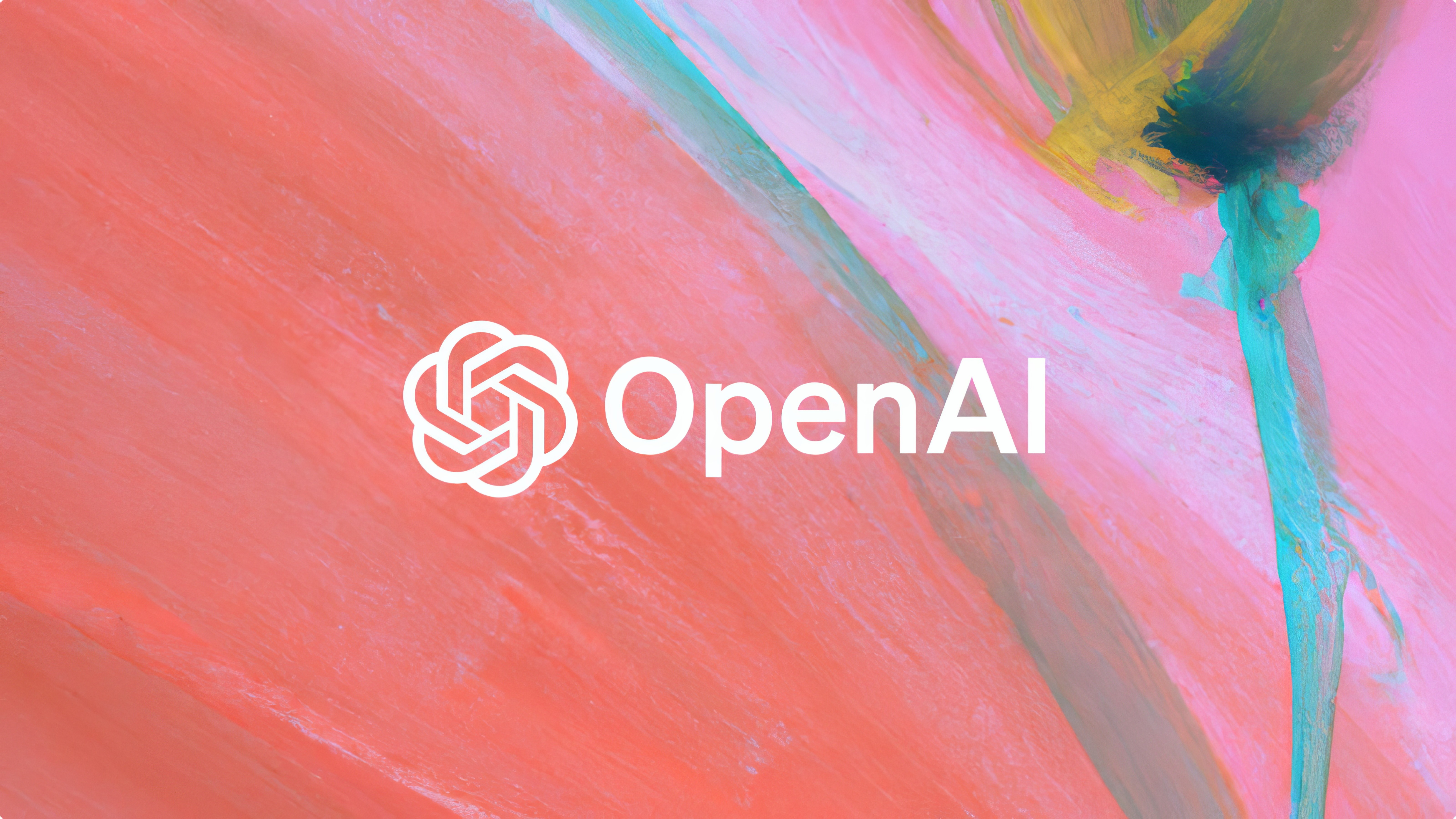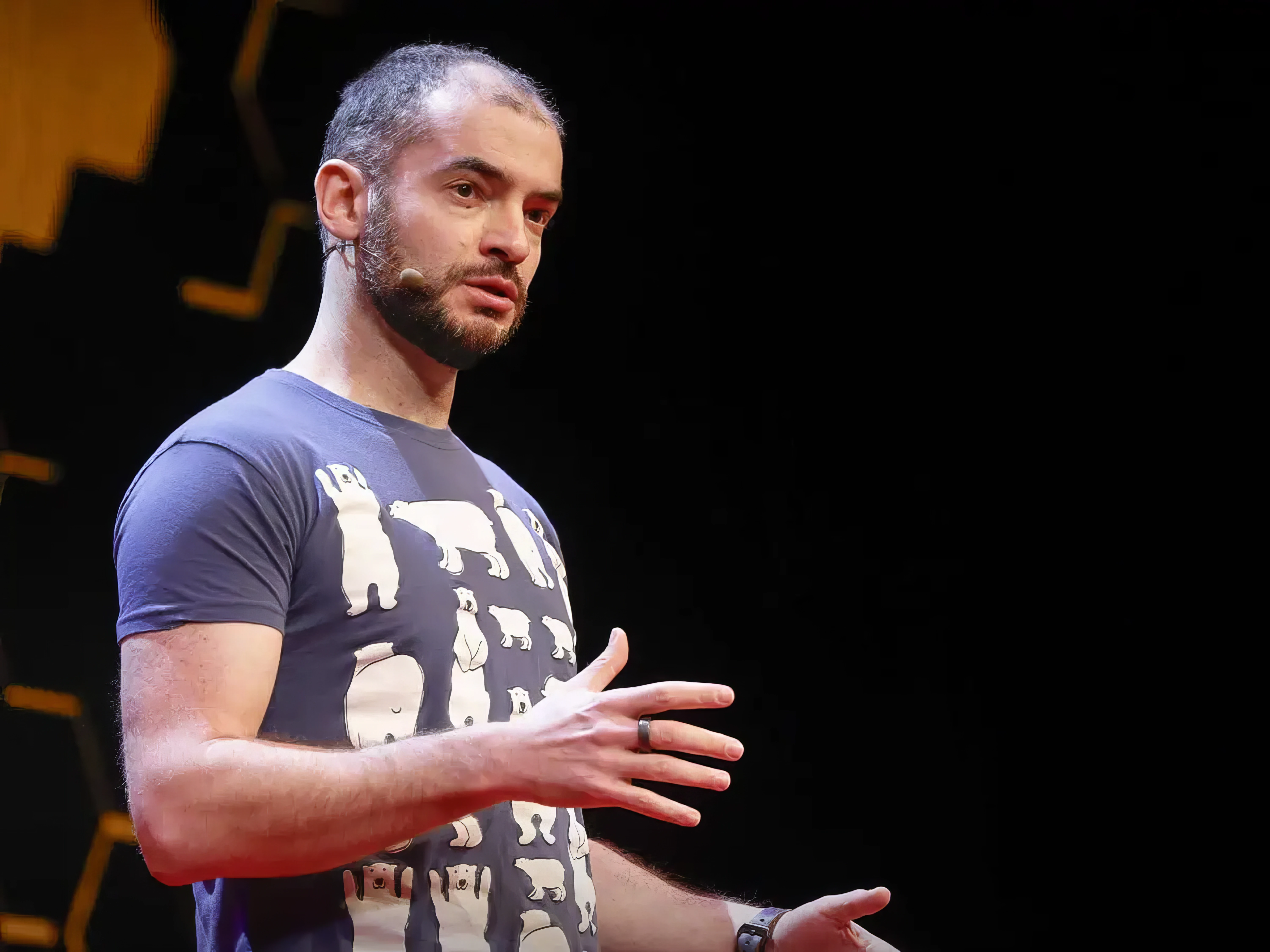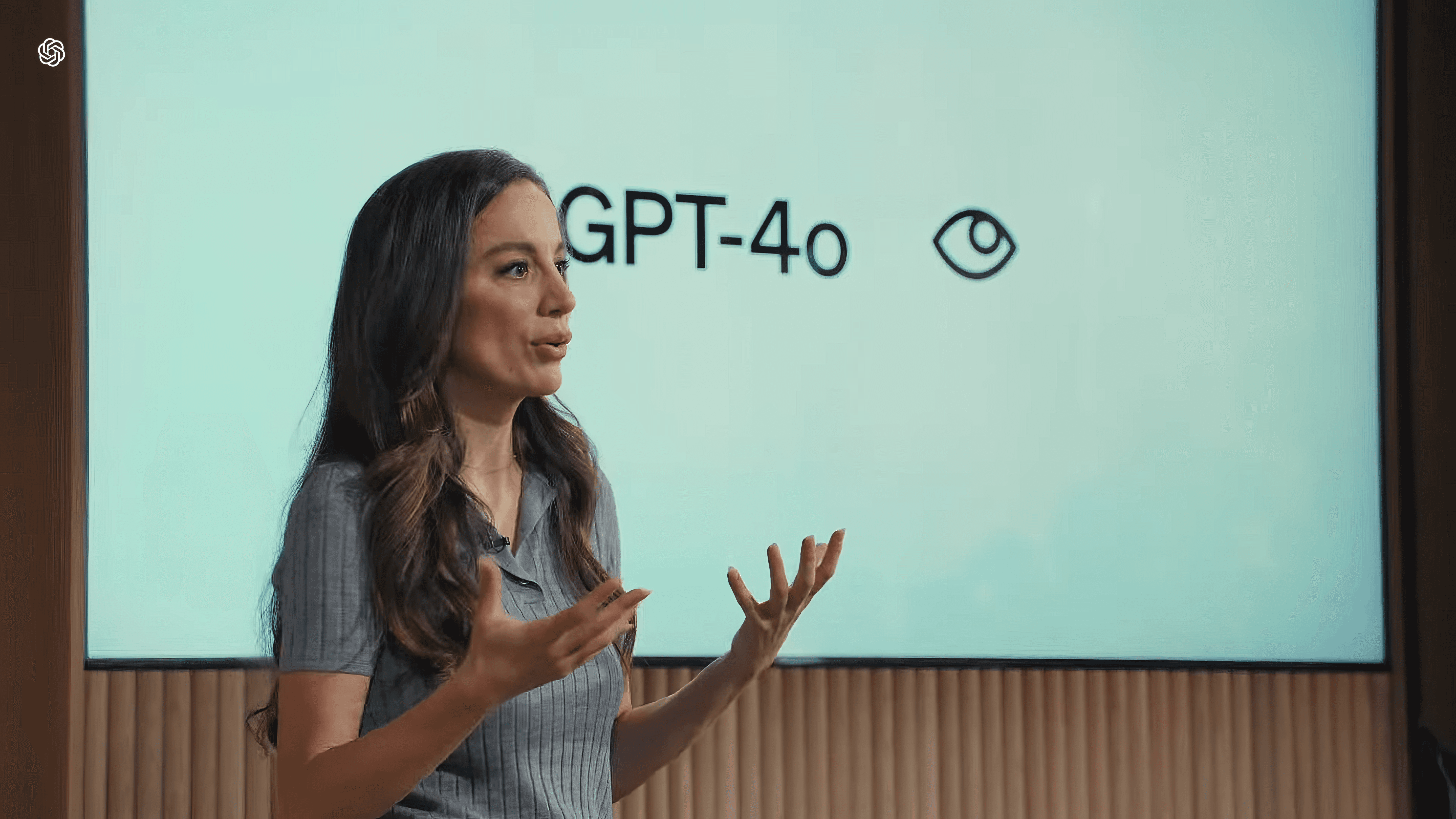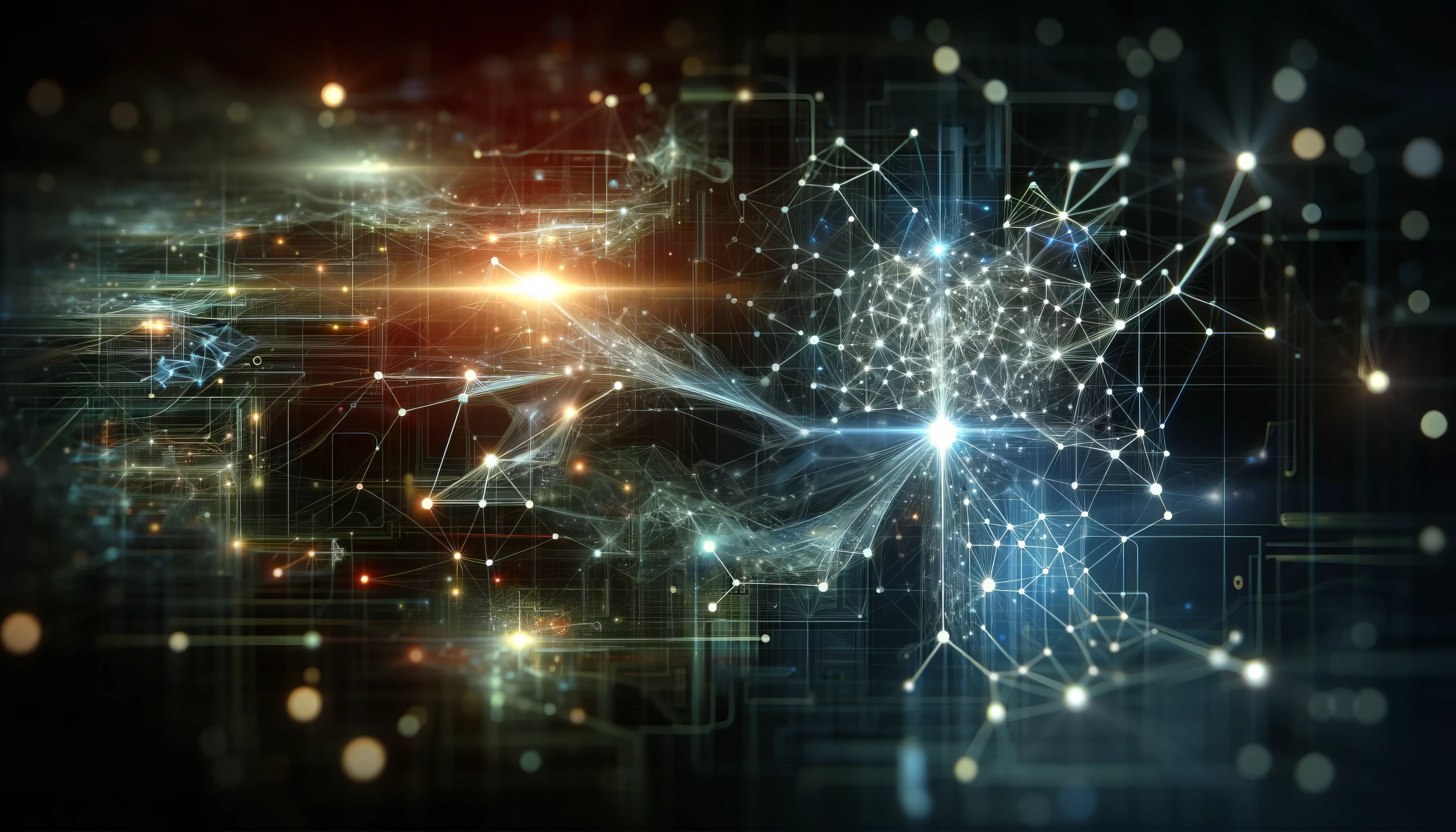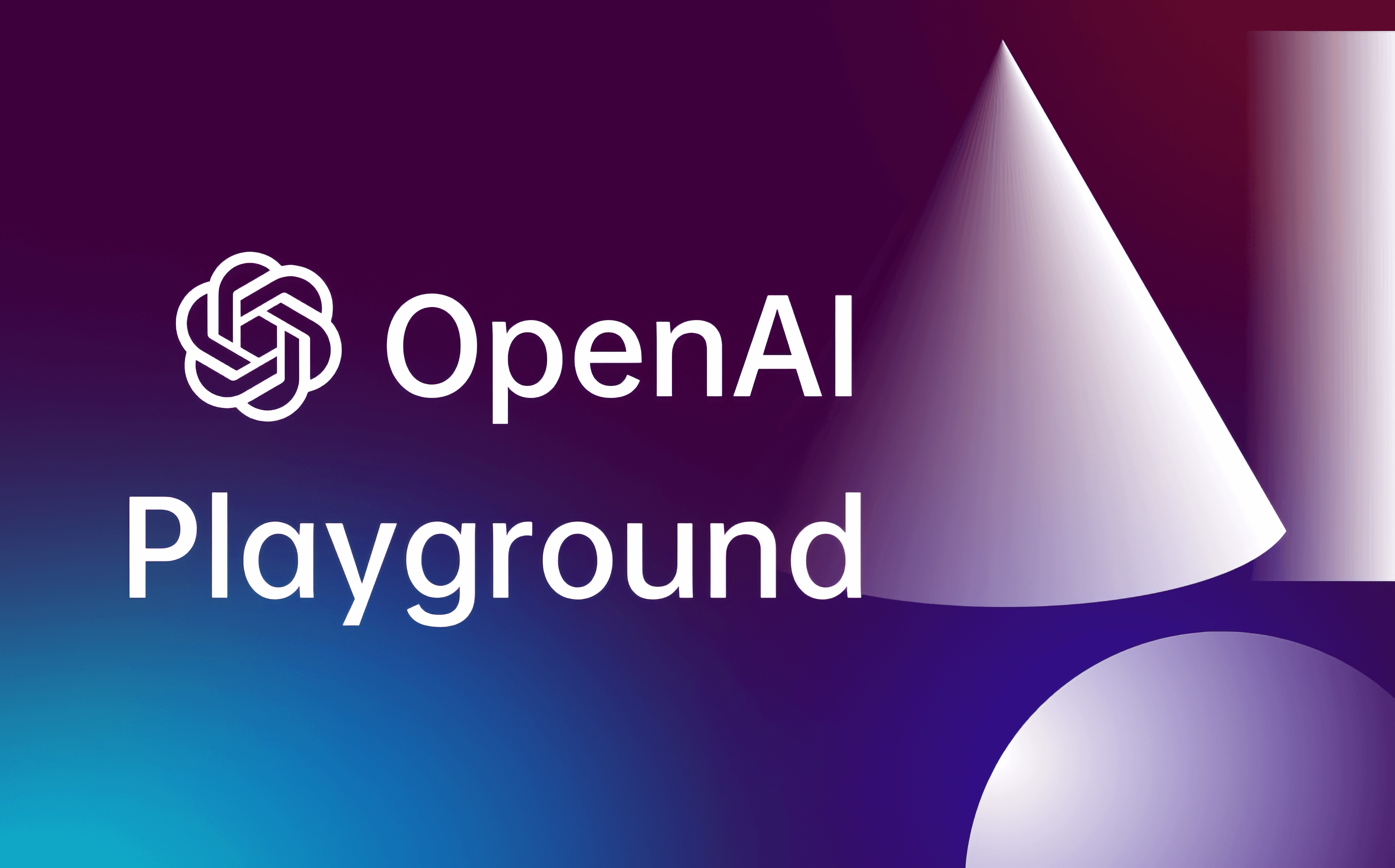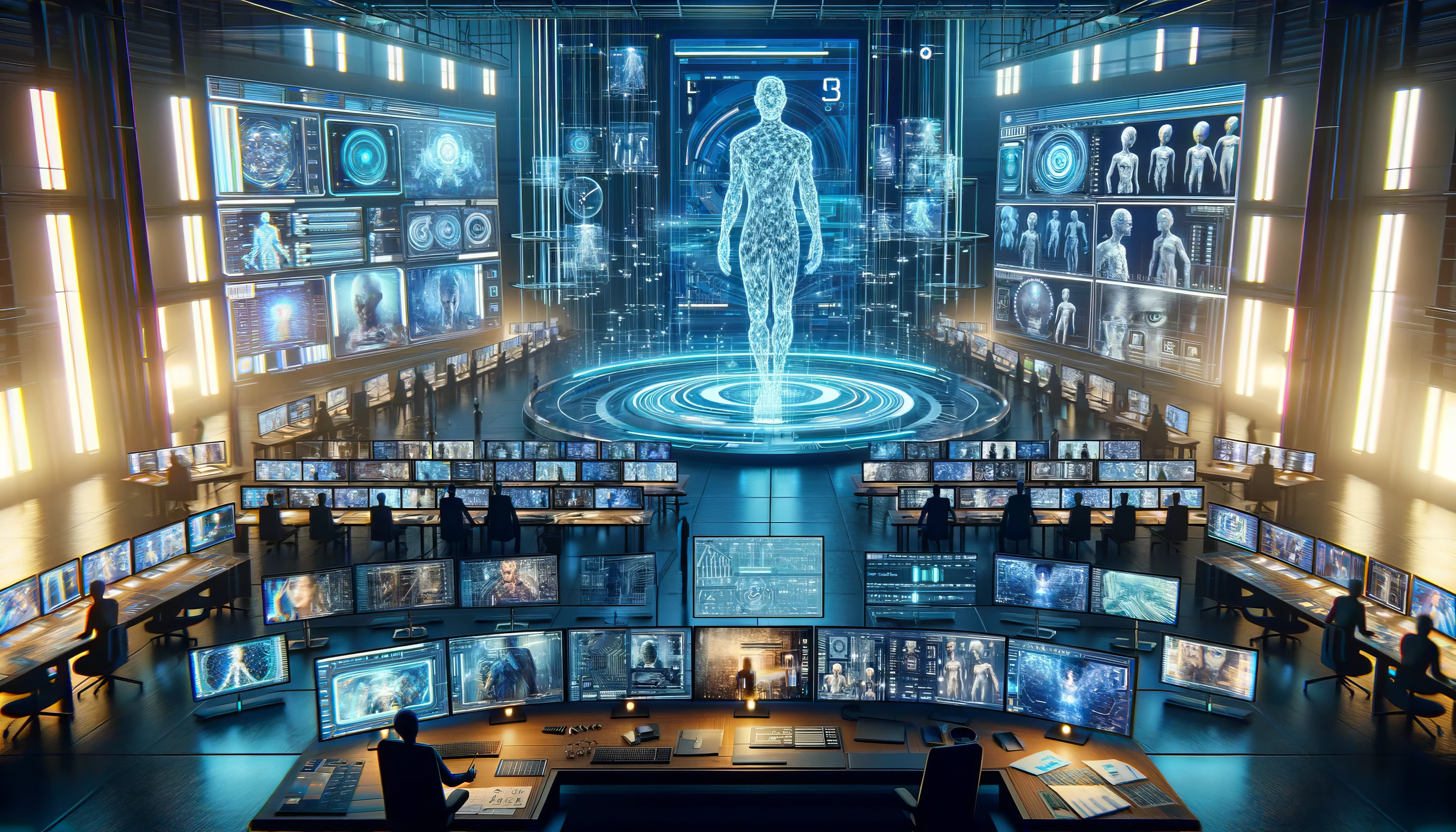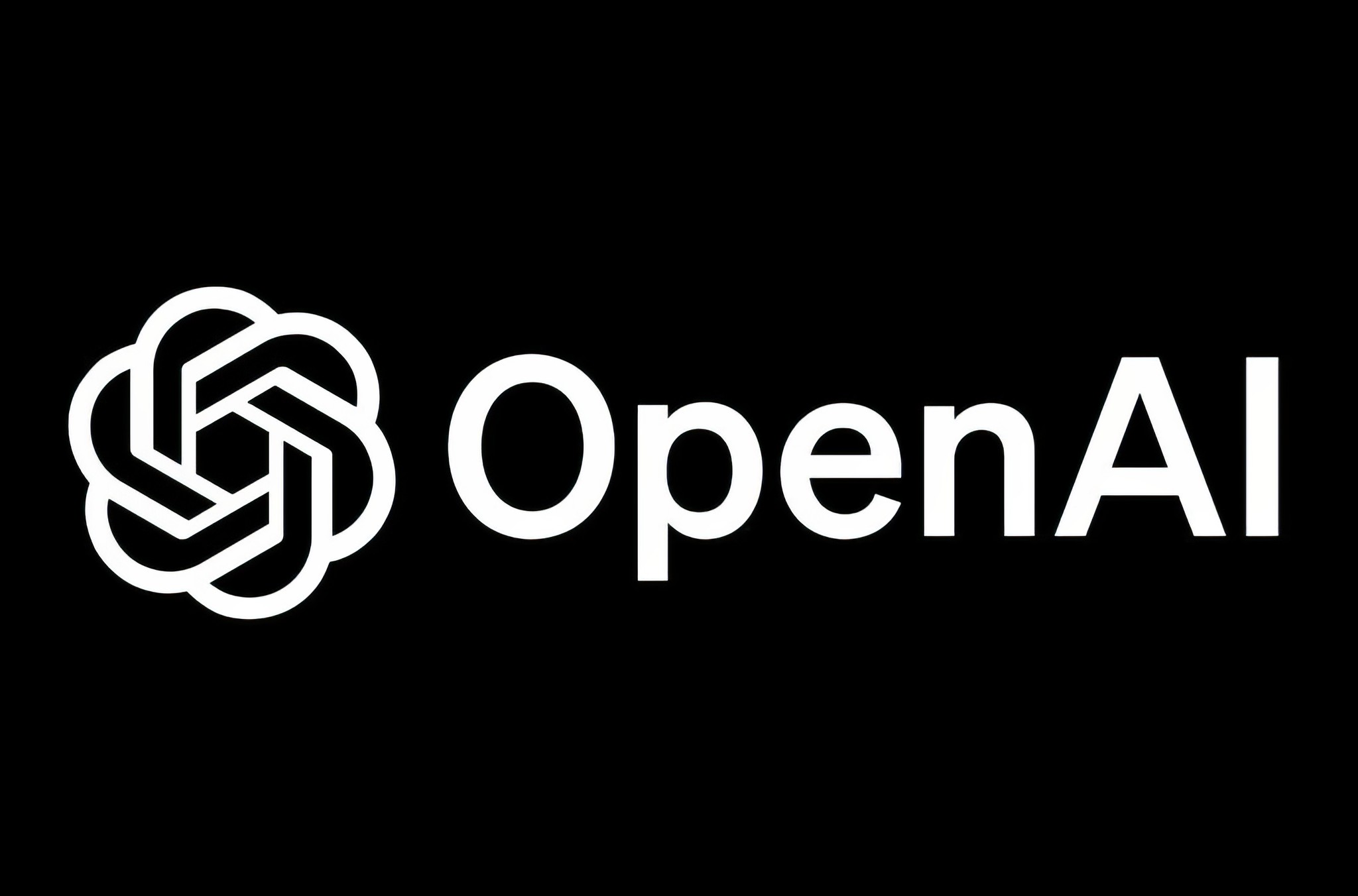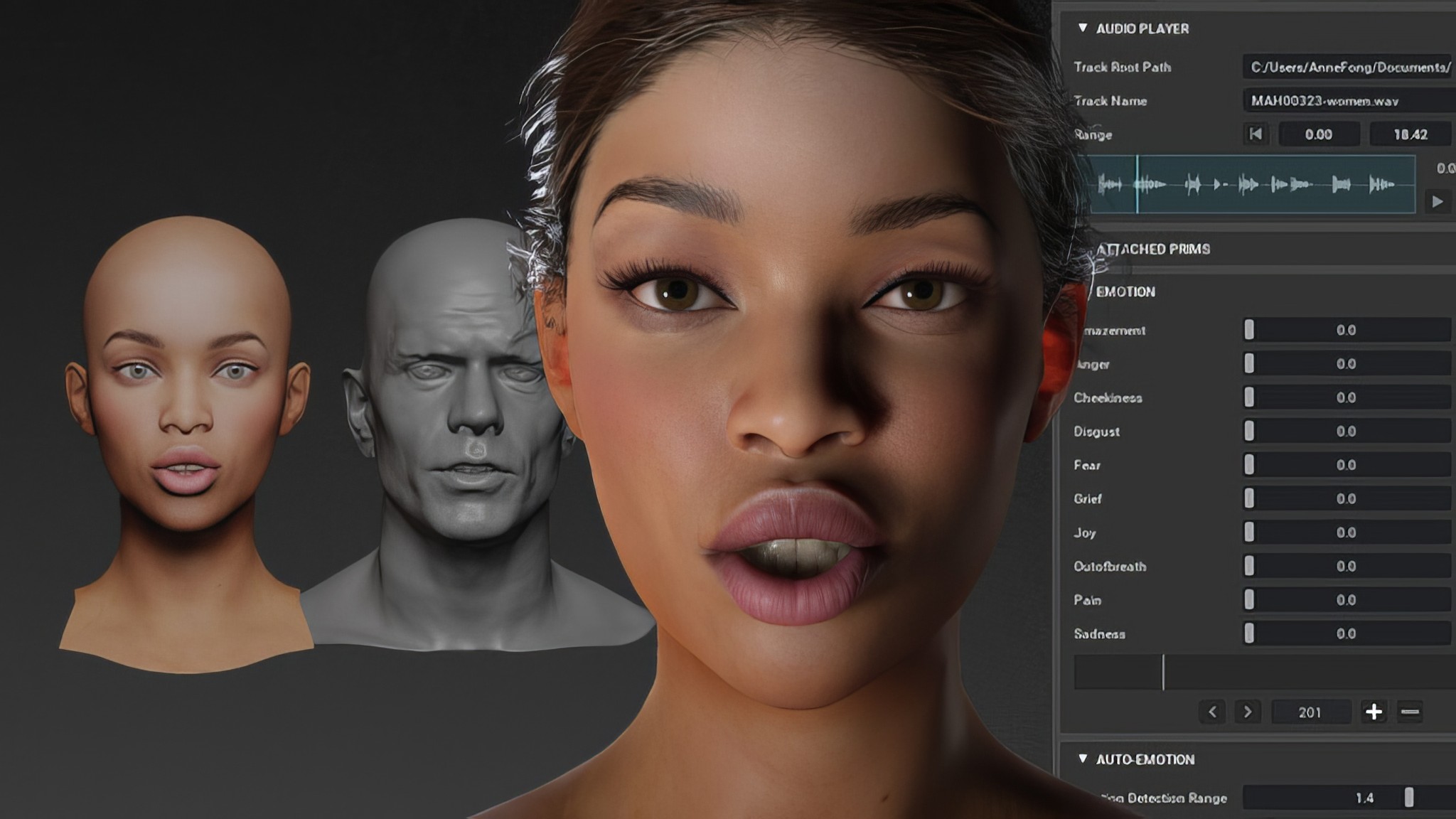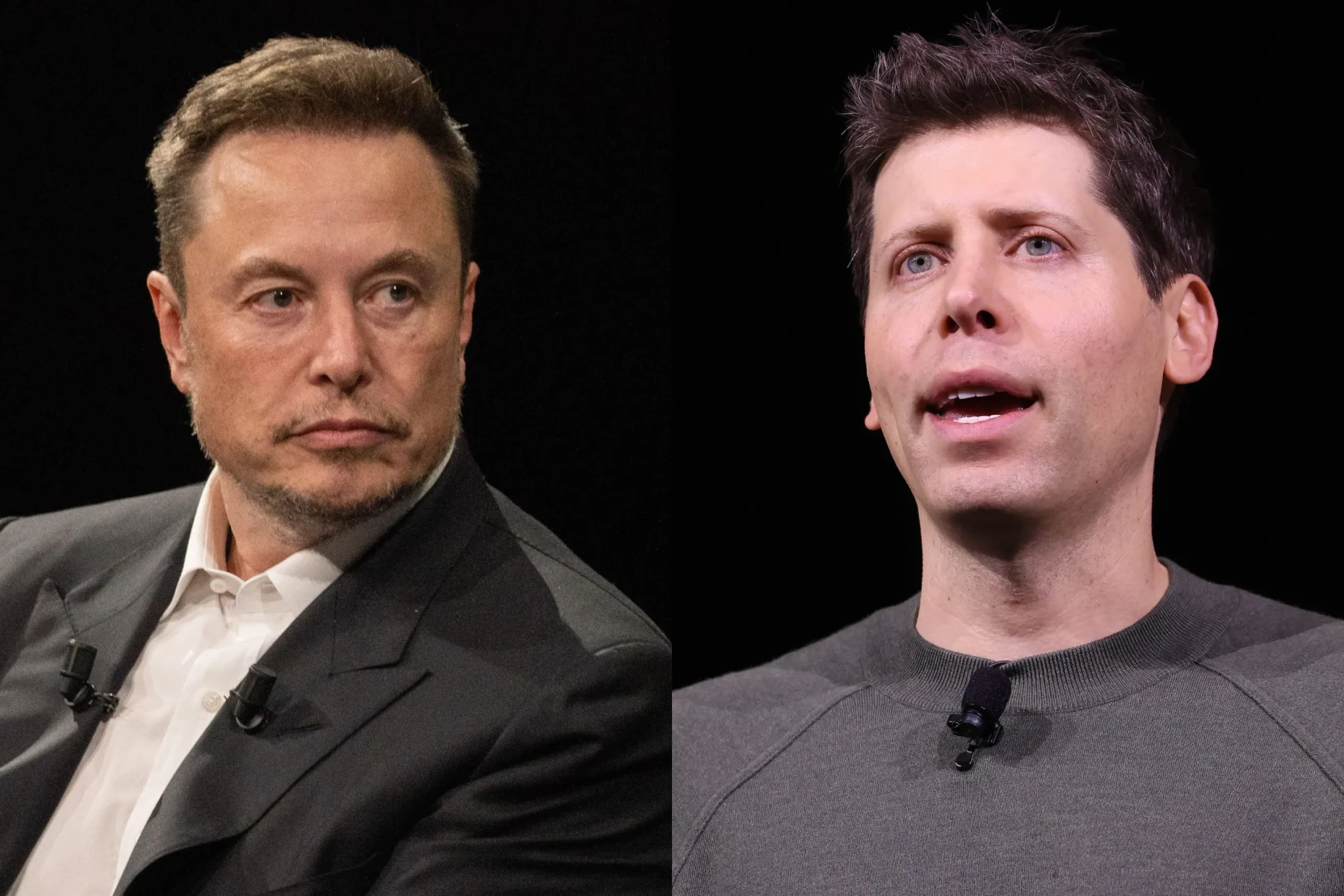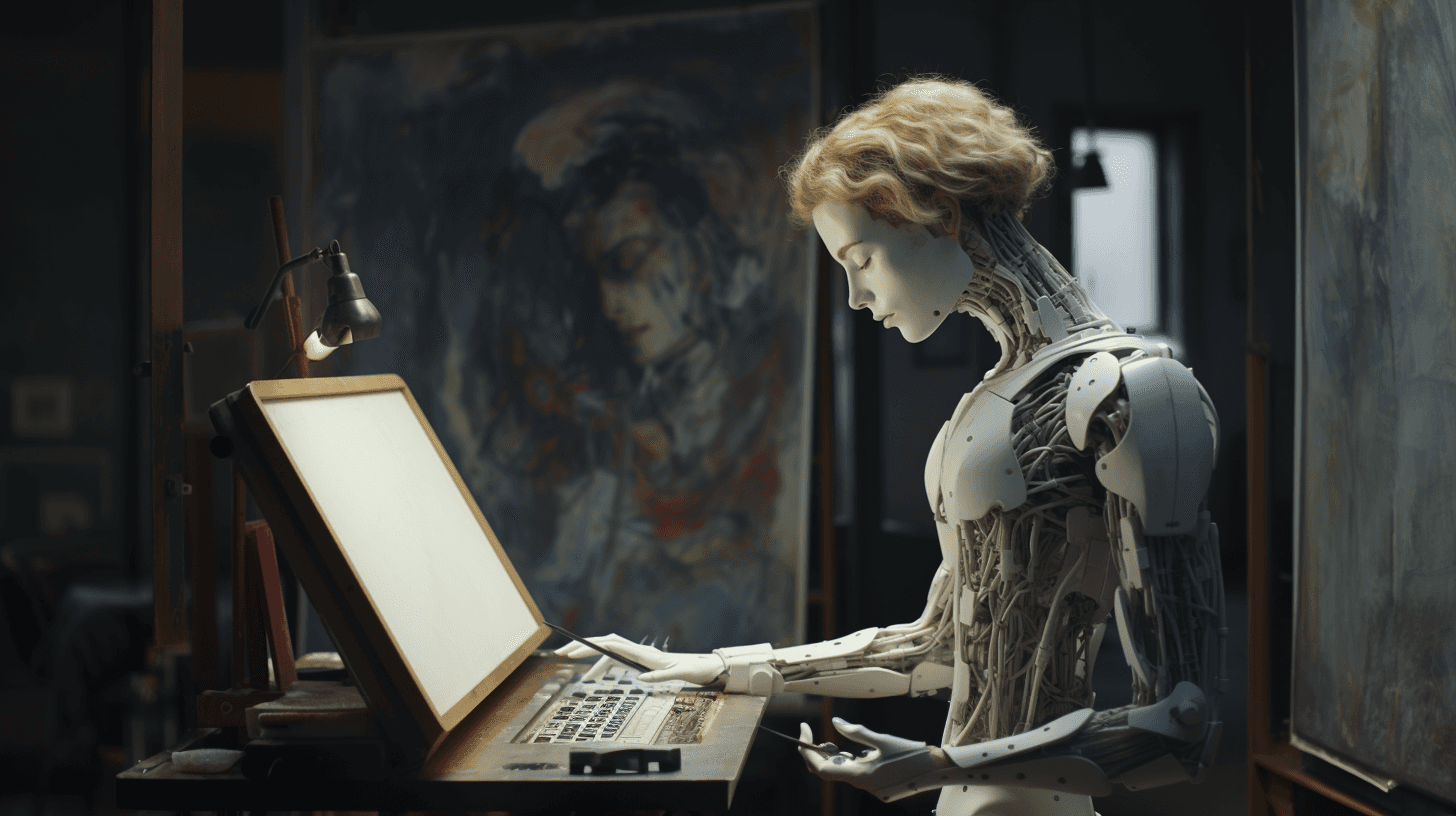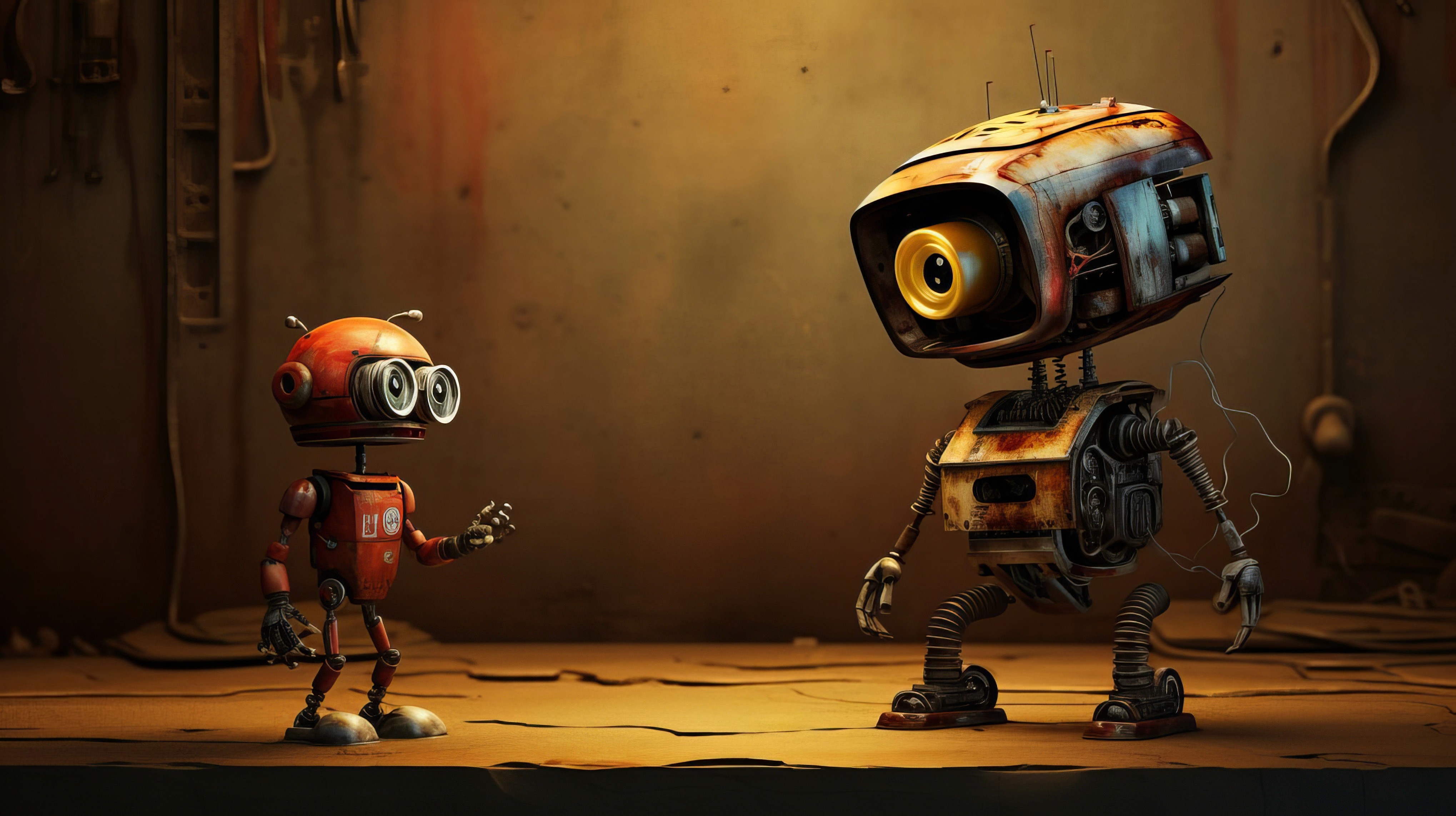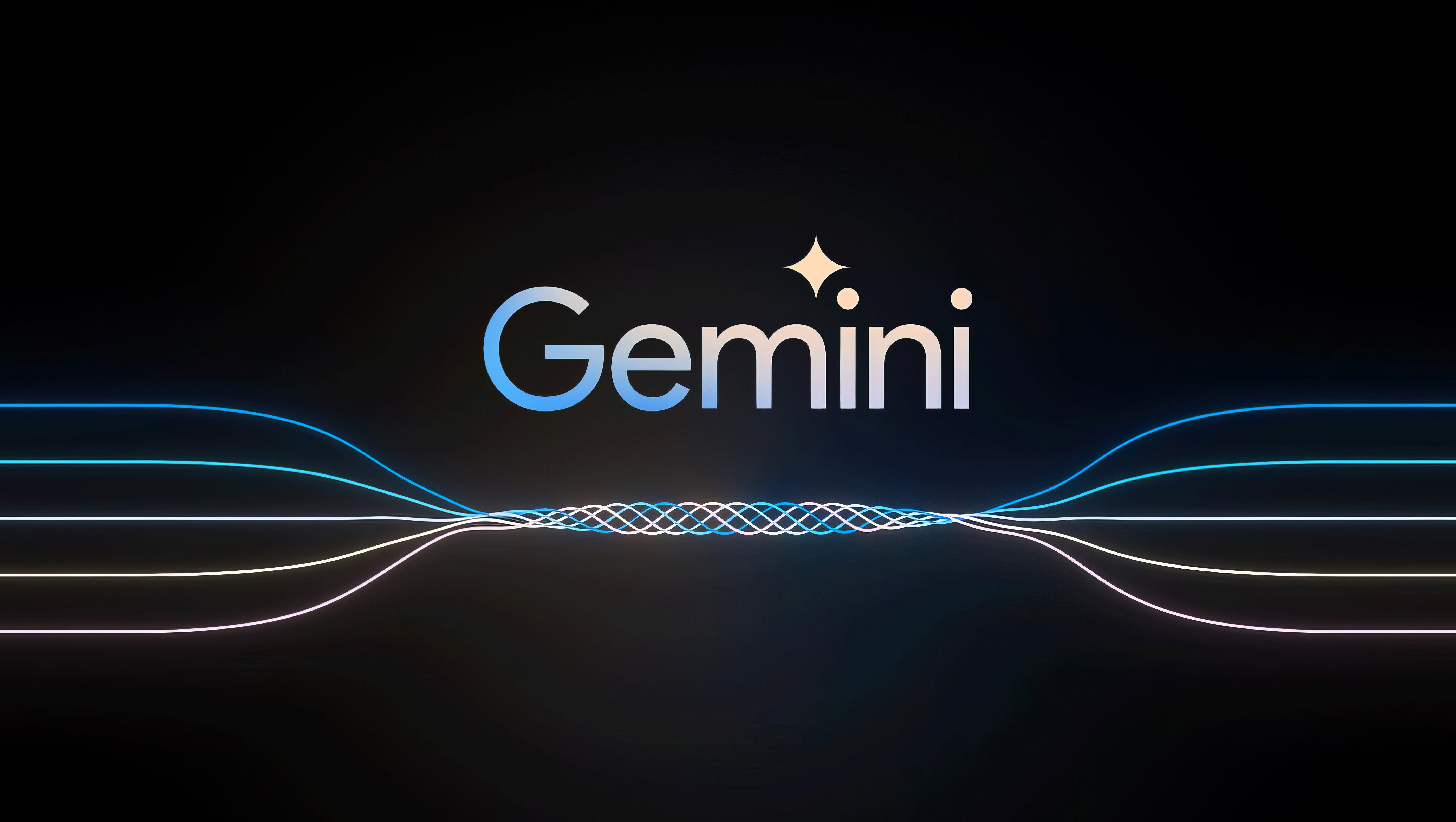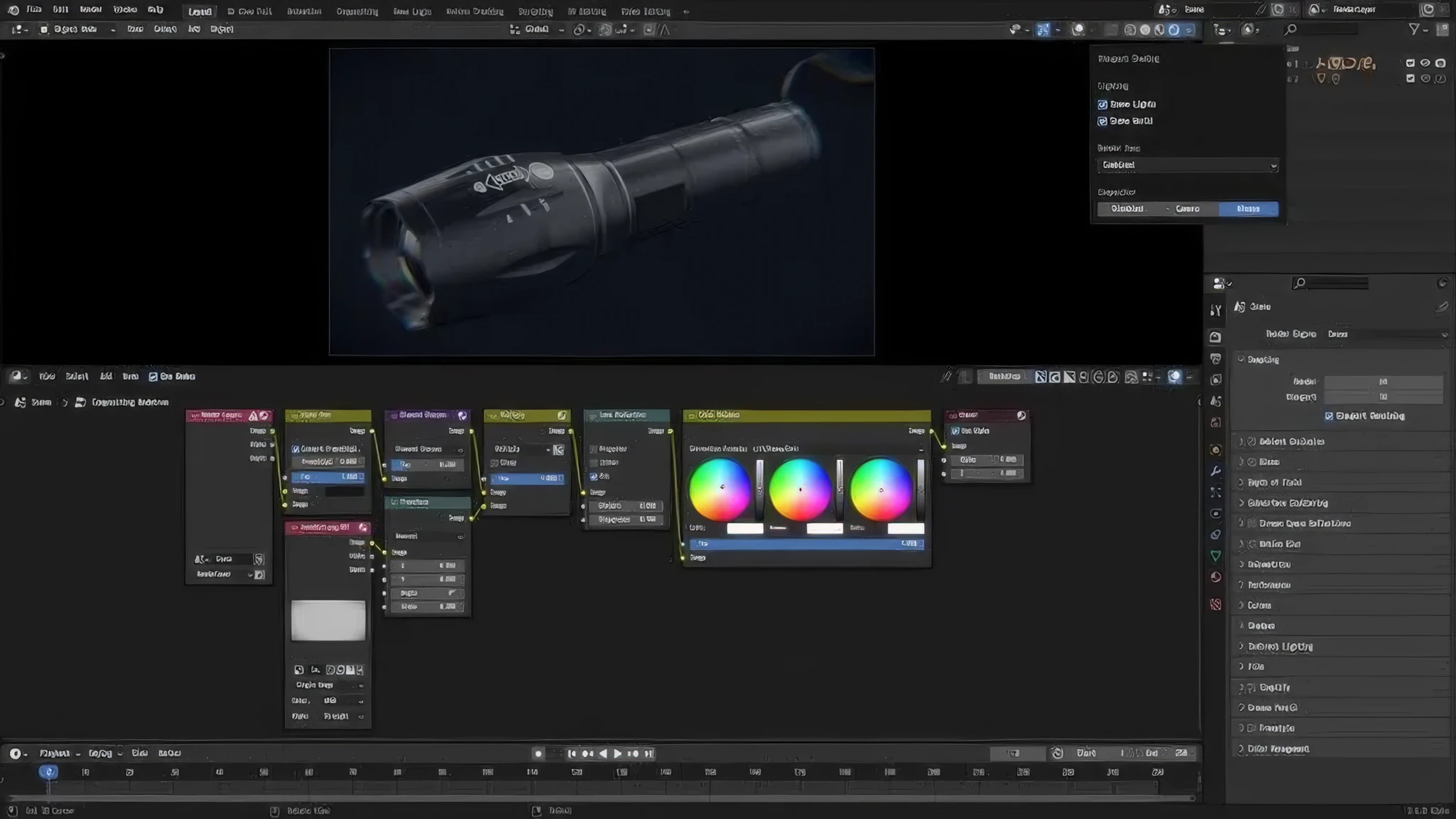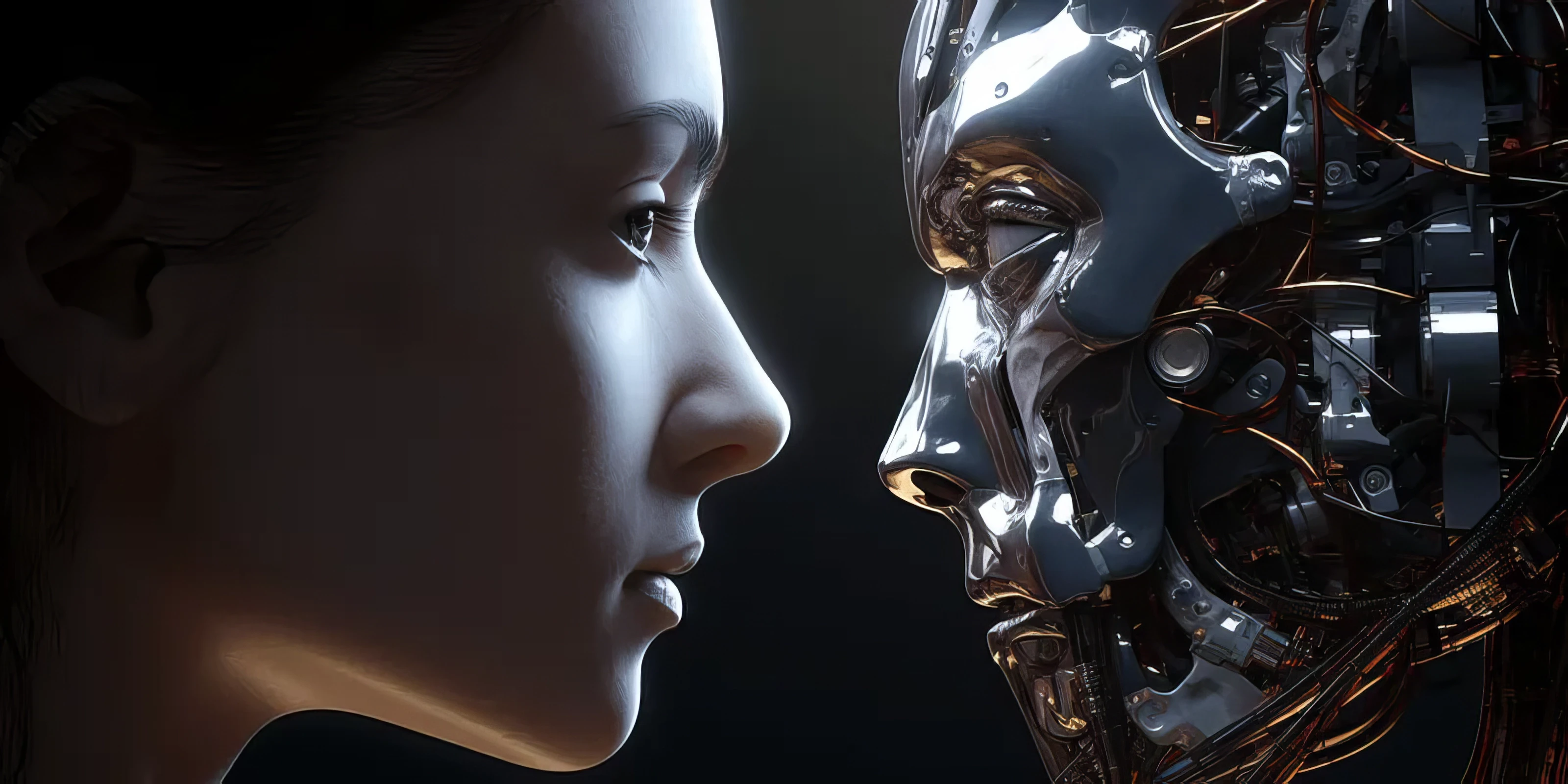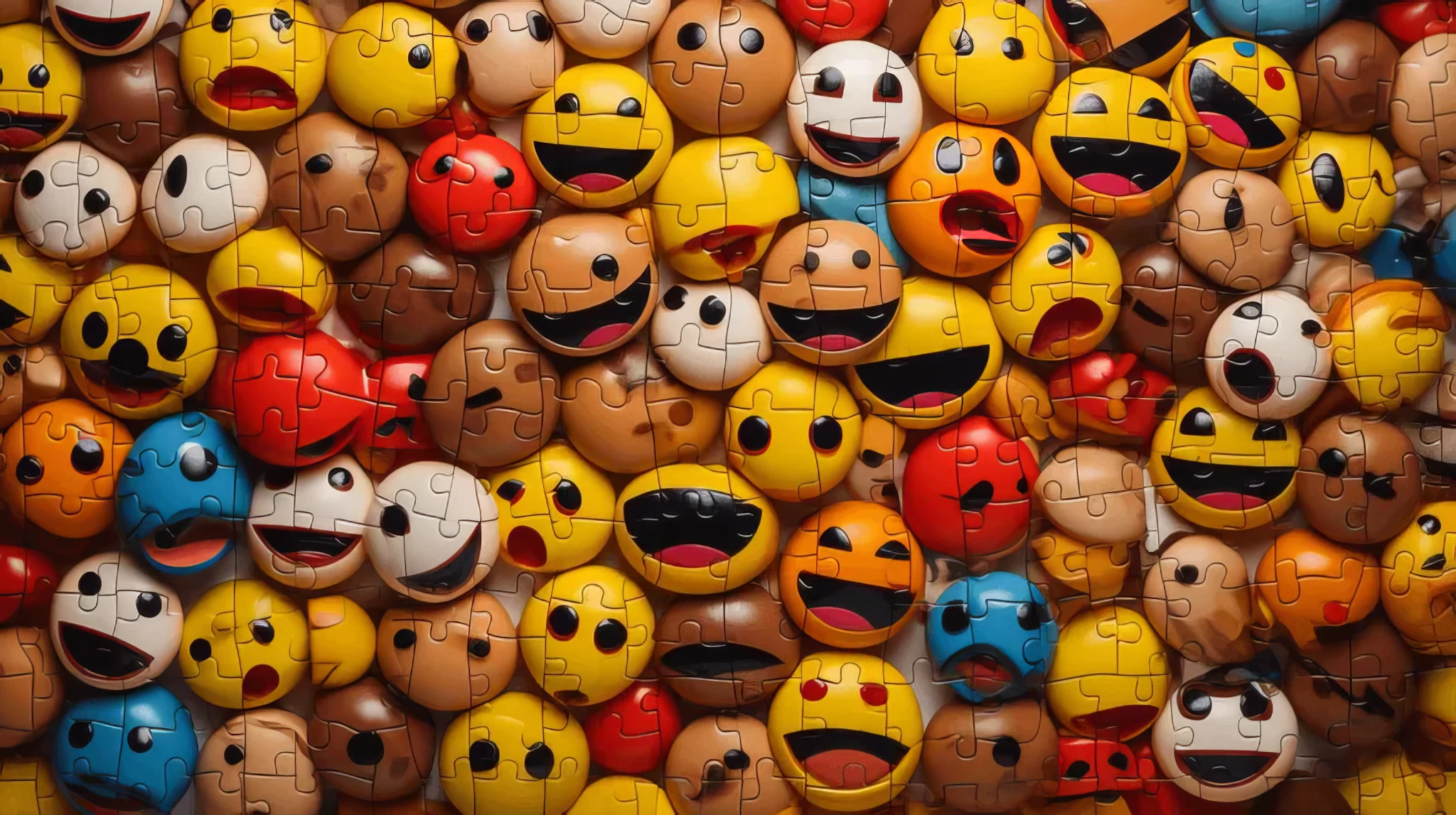[BY]
Dmytro Kremeznyi
[Category]
AI
[DATE]
Feb 20, 2024
OpenAI has unveiled its latest breakthrough in artificial intelligence: Sora, a generative model designed to transform text descriptions into vivid, movie-like video scenes.
OpenAI has unveiled its latest breakthrough in artificial intelligence: Sora, a generative model designed to transform text descriptions into vivid, movie-like video scenes. This innovative technology promises to revolutionize the realm of video generation by providing users with the ability to create dynamic visual content from simple textual prompts.
Sora's capabilities are truly impressive. It can generate high-definition up to a minute long clips , from a wide range of styles: from photorealistic to animated ones. Unlike previous text-to-video models, Sora maintains coherence and realism in its output, avoiding the pitfalls of "AI weirdness" such as objects moving in physically impossible ways.
However, OpenAI acknowledges that Sora is not without its limitations. The model may struggle with accurately simulating complex physics or understanding specific instances of cause and effect. Despite these shortcomings, Sora represents a significant step forward in AI-driven video generation technology.
OpenAI's cautious approach to releasing Sora reflects the company's commitment to responsible AI development. Recognizing the potential for misuse, OpenAI has chosen to keep Sora as a research preview, refraining from making it generally available to the public. By working with experts to identify potential vulnerabilities and implementing safeguards to detect generated content, OpenAI aims to mitigate the risk of misuse and abuse.

Should OpenAI decide to make Sora available as a public-facing product in the future, it pledges to include provenance metadata in generated outputs, ensuring transparency and accountability. With Sora, OpenAI continues to push the boundaries of what is possible with artificial intelligence, unlocking new creative possibilities in video content creation.
“Despite extensive research and testing, we cannot predict all of the beneficial ways people will use our technology, nor all the ways people will abuse it. That’s why we believe that learning from real-world use is a critical component of creating and releasing increasingly safe AI systems over time.”
Content




